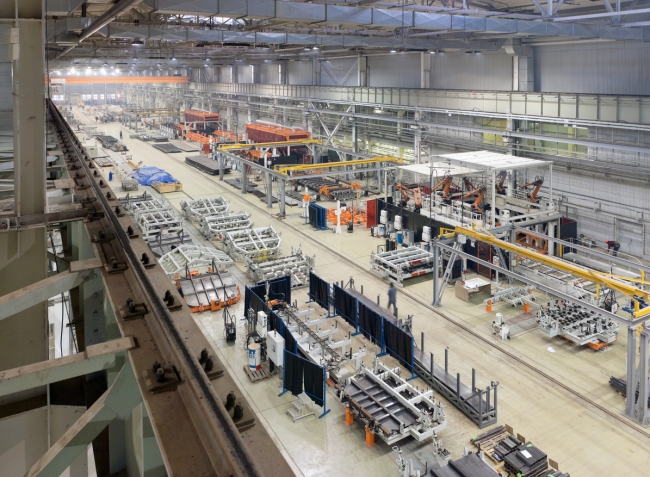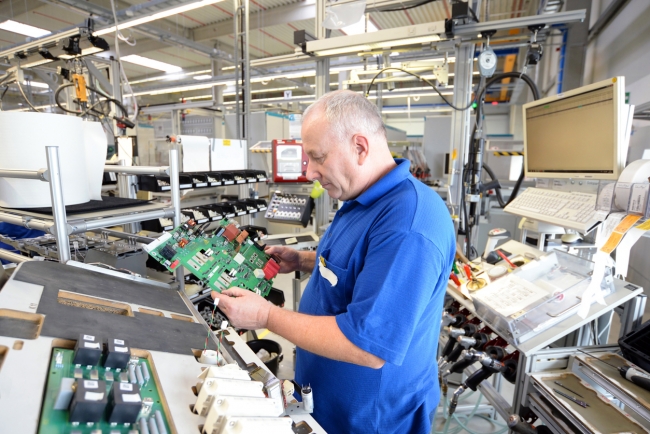5 minute read • published in partnership with BDO
Insight: The steps manufacturers can take to improve their cash flow and be ready for the recovery
COVID-19 has caused enormous disruption in the manufacturing sector, from food and drink producers being forced to ramp up production to meet growing consumer demand, to car manufacturers being hit by delays in parts being shipped from China, the first country to be affected by the pandemic.
In addition to navigating challenges such as maintaining productivity whilst implementing social distancing measures in factories, manufacturers are also having to deal with cash flow problems. With the restrictions placed on the economy by lockdown, many manufacturers of ‘non-essential’ goods were forced to shut down operations for a period, which has caused revenues to plummet.
Suk Aulak from BDO explores what manufacturers should be doing now, not just to protect cash flow in the short term, but to ensure they are positioned for growth when the recovery hits its stride.
Protect cash flow in the short term – lean on lean
For businesses that haven’t yet gone as far as they could go in implementing lean principles, now is clearly the time. Excess inventory can push up costs and lower overall efficiency. Having a considerable proportion of cash flow tied up in stock of inputs or completed inventory is not going to put your business in the best position to either weather disruption or take advantage of a bounceback.

COVID-19 has forced many manufacturers to rethink their operating models in light of what the future might hold / Picture: Getty/iStock
Claim all of your R&D tax relief
Many manufacturing businesses still don’t claim the tax relief they could for research and development. The name of the relief leads to assumptions that it is only a tax relief for tech or pharmaceuticals businesses – those that are seen as ‘cutting edge’.
However, even something as simple as the time invested in developing a new manufacturing process – successful or not – may be eligible for the relief. It can cover everything from staff costs through to power, equipment and materials used. Businesses might be surprised at how much they could be claiming, and how much of a beneficial effect it could have on their cash flow. Quite often, a second opinion to review the previous two financial year-end claims, can uncover extra qualifying expenditure that can be claimed against.
Use capital allowances to preserve cash
In addition to tax benefits from R&D spend, manufacturers may also claim tax relief for the value of the plant and machinery purchased for use within the business. As well as the obvious manufacturing equipment, “plant and machinery” can mean assets that are frequently hidden in property or buildings expenditure, so it’s often worth digging deeper to look into the detail of any construction work you’ve completed (or that you are planning), to see if there’s some element of it that’s eligible for tax relief.
There are no time limits for claiming capital allowances for assets that are still owned, so businesses may claim on assets that were purchased in previous tax years. If your business has recently incurred any costs in upgrading or improving its buildings or properties, buying a property, or building a new one, you may be entitled to claim tax relief on a proportion of the costs.
Since October 2018, companies have also been entitled to claim back the cost of investments under the Structures and Buildings Allowance (SBA), which allows claimants to receive tax relief for expenditure on new-build or renovated non-residential buildings and structures as well as the plant and machinery those buildings contain.
In order to make sure that you are using all eligible capital allowances, you should seek the support of business advisors with experience in working with manufacturing businesses to make the most of capital allowances.

Manufacturers must look to maximise productivity in order to build resilience but also maintain the ability to react to a bounce back / Picture: Getty/iStock
Maximise productivity from your finance function through technology
For manufacturers to be successful, management and finance teams must have access to timely, accurate and relevant financial and non-financial information in order to make informed decisions and identify any cash flow pain points that might lie ahead.
Whilst cloud finance and accounting technology might not be new to manufacturers, many finance teams still struggle to extract and analyse quality management information from existing systems. By making the most of existing functionality, or adopting and implementing new applications that can integrate additional data sources, for example, inventory management and sales data, you’ll ensure you have accurate, timely information at your fingertips.
Don’t cut too deep – be ready to respond when the recovery comes
When the recovery comes, manufacturers need to be ready to respond. Any cuts made to the workforce, product lines, R&D or facilities should not prevent the business being able to scale up quickly – and in a different way if necessary.
Whether economic recovery takes the shape of a ‘v’ (sharp and fast), ‘u’ or ‘w’ (slow and gradual), the economy will improve and manufacturers will need to ensure that they are prepared for all eventualities.
The recovery may bring with it different demands from your customers. Do your research, maintain a proactive dialogue with your customers and find out whether their needs have changed. Use this time to assess whether what you offer your customers is what they will need in the coming months and years. If not, be ready to adapt to meet their new needs.
COVID-19 has forced many manufacturers to rethink their operating models in light of what the future might hold. However, for every challenge that lies ahead, there also lies an opportunity – so be mindful that by cutting too deep to prevent cash flow problems, you might lessen your ability to react quickly to opportunities that might arise. By all means, look to maximise productivity in order to build resilience, but don’t miss the bounce back!
